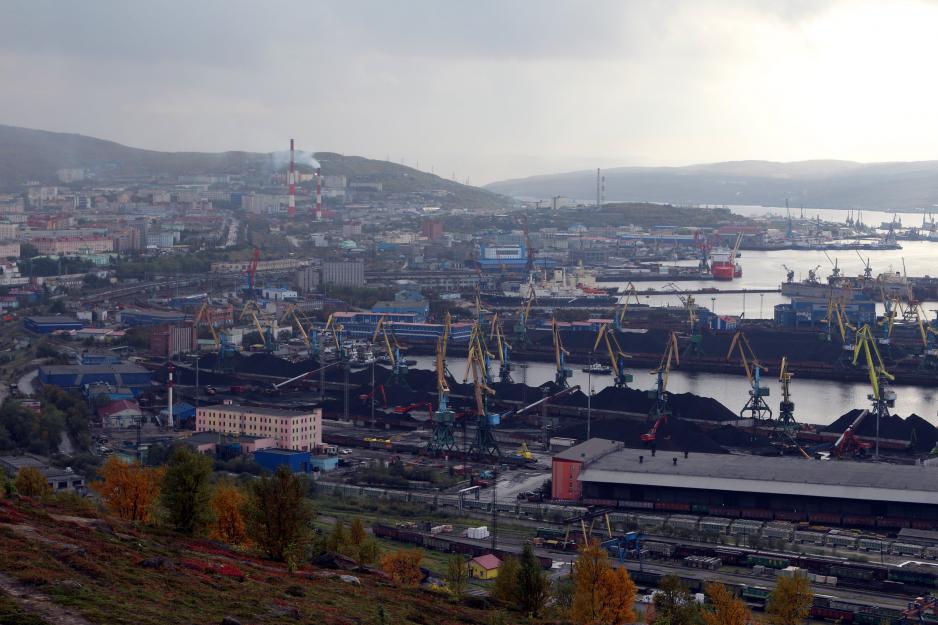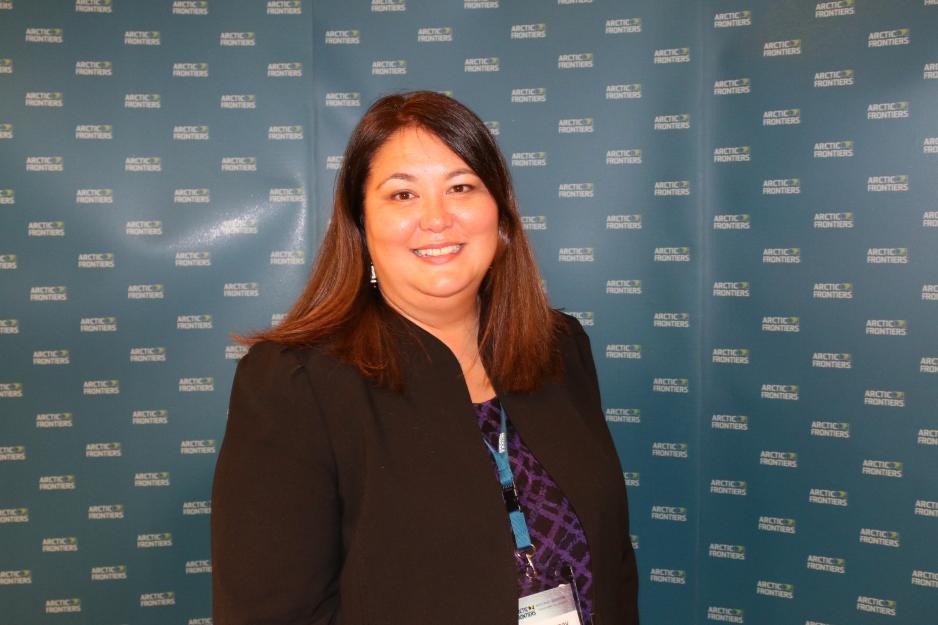Broadband Report: The Arctic in Danger of Being Left Behind

Reliable broadband access is an absolute must to promote and advance interconnectivity, which in turn facilitates improvements in national economies, education, health, and several other sectors in the Arctic region.
Despite these benefits; broadband deployment and adaption across the globe have not been uniform, and the Arctic region is in danger of being left behind, a new report from the Arctic Economic Council (AEC) concludes.
Recognizing this, a working group consisting of private sector representatives from each nation state with territory in the Arctic – Canada, Denmark, Finland, Iceland, Norway, Russia, Sweden and the United States of America – have come together to take stock of the current state of broadband in the Arctic and consider how to promote greater interconnectivity.
Here is a link to the report.
"We are really excited about the report", says AEC Chair Tara Sweeney. Her hope is, of course, that the situation will look different in the future.
Recommandations for each country
The 42 pages long report will be presented and debated later today in Tromsø, Norway. The report in conclusion identifies goals and recommendations for a strategy to promote broadband deployment and adaption throughout the Arctic.
The region is unique; offering both dramatic beauty, abundant natural resources and groups of indigenous population with valued traditions.
- Understanding current broadband usage by country is a necessary first step in realizing the ultimate goal of making the technology universally available in the region, AEC says in the report.
High North News has already read the report, and the data collected shows that there are several challenges that must be overcome, as broadband is becoming a prerequisite for economic and social development.
- Digitally connecting remote Arctic communities is the only way of ensuring that they reach their full potential. This also supports their long-term sustainability, the authors note.
Infrastructure, communications and IT are among the selected business areas of the Arctic Economic Council (AEC). The work in this area is carried out through the “Infrastructure: Telecommunications Working Group” chaired by Robert McDowell.
- No coockie cutter approach
"We are extremely grateful for the time and the effort invested by the members of this working group. They were at one point meeting every two weeks to analyze, and basically map out the challenges. They looked at the capacity in each of the Arctic states, and the goals set out for broadband growth. Following this, they identified recommandations on how to make the Arctic more interconnected; what policy makers need to consider, and what communities need to consider, to improve their capacity. The group has worked so hard to get this report out," Tara Sweeney says.
When High North News asks about which of the Arctic states that are lagging the most behind, the AEC Chair explains – in just a few words - how complex the issue really is:
"There are four different Arctic’s. You got the Nordic, the North American, the Russian and then inlaid across all of them; it’s the indigenous Arctic. Each has varying challenges, and what is obvious, is that there is no coockie-cutter approach that is going to work."
"The challenges in North America, and the extent of landmass is just one of the challenges. In Russia there are similar challenges because of the large landmass, and they needed coverage for very remote and small communities, so the government has a role to play in synthesizing the technology and investments", Sweeney adds.
Follow-up from Alaska
The AEC Working Group on Telecommunications, along with partners, hosted a Top of the World Arctic Broadband Summit in Barrow, Alaska last year. The Side Event that will take place in Tromsø today, in connection with the Arctic Frontiers conference, will gather experts on their respective fields to continue the discussion based on the work of the AEC Working Group.
The event will start with a panel debate focusing on challenges related to connectivity in the Arctic.
The report contains an overview of the current state of broadband coverage, as well as adaption challenges to expanding broadband and technologies available to facilitate broadband deployment. The authors also discusses funding options and summarizes broadband usage in each Arctic State, and the report also look at the technologies available for further development of the broadband infrastructure.

